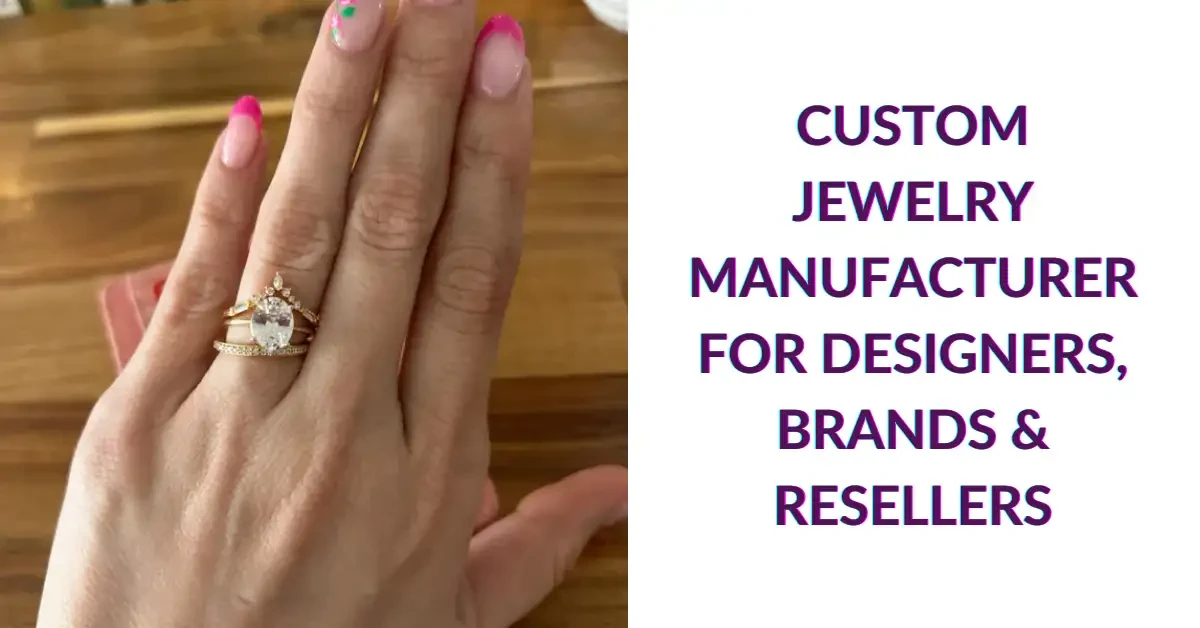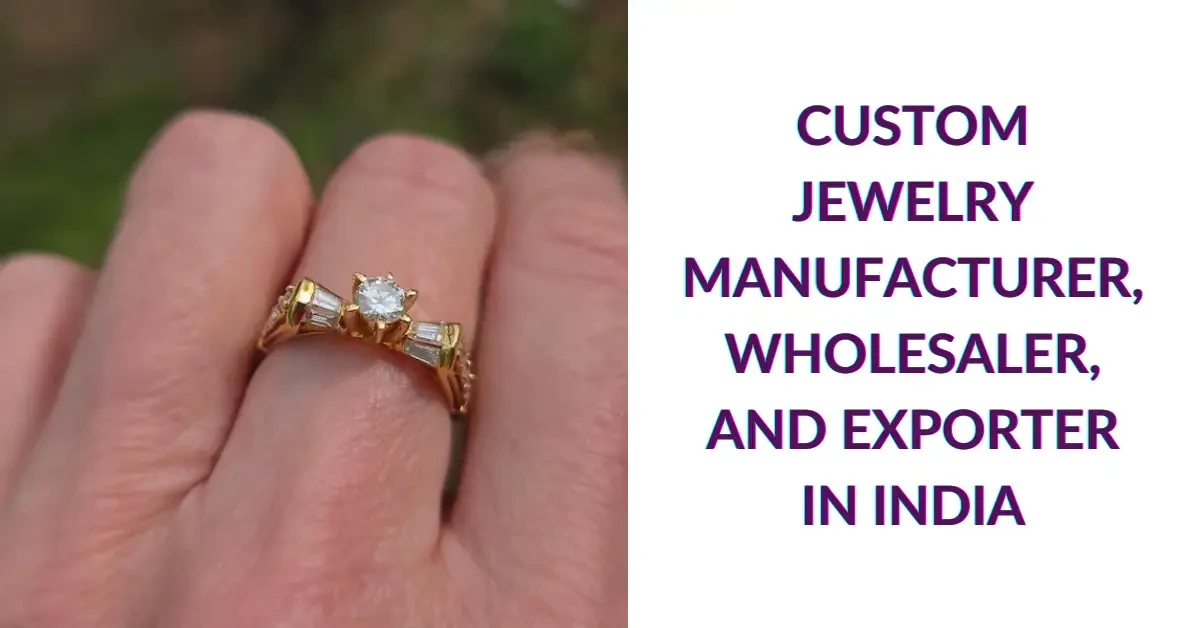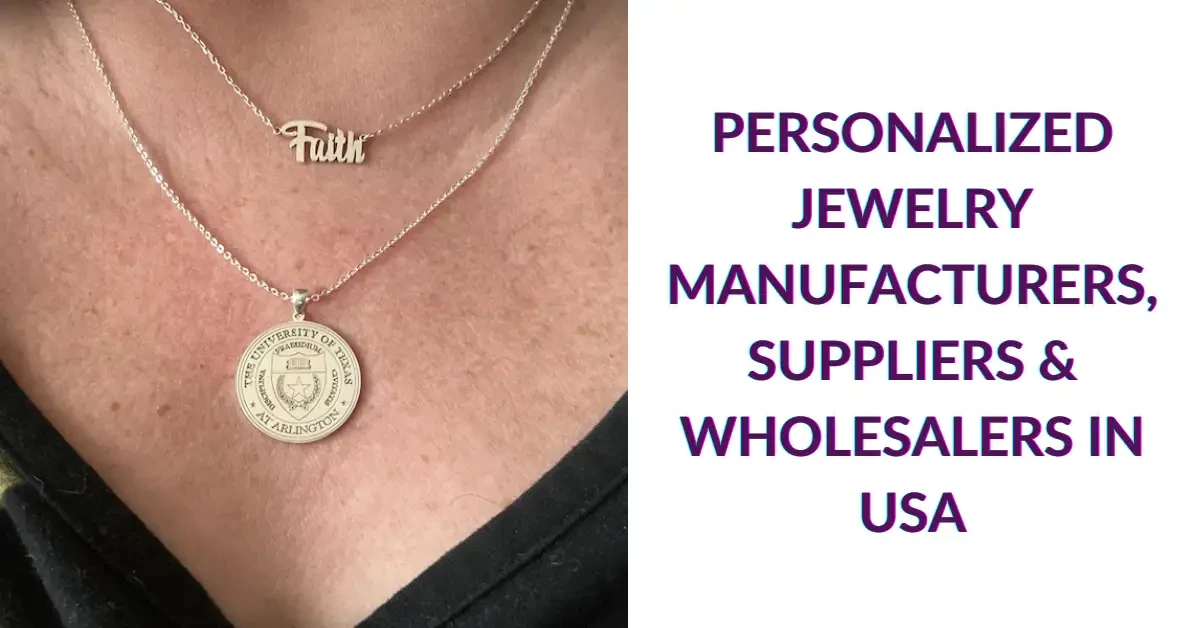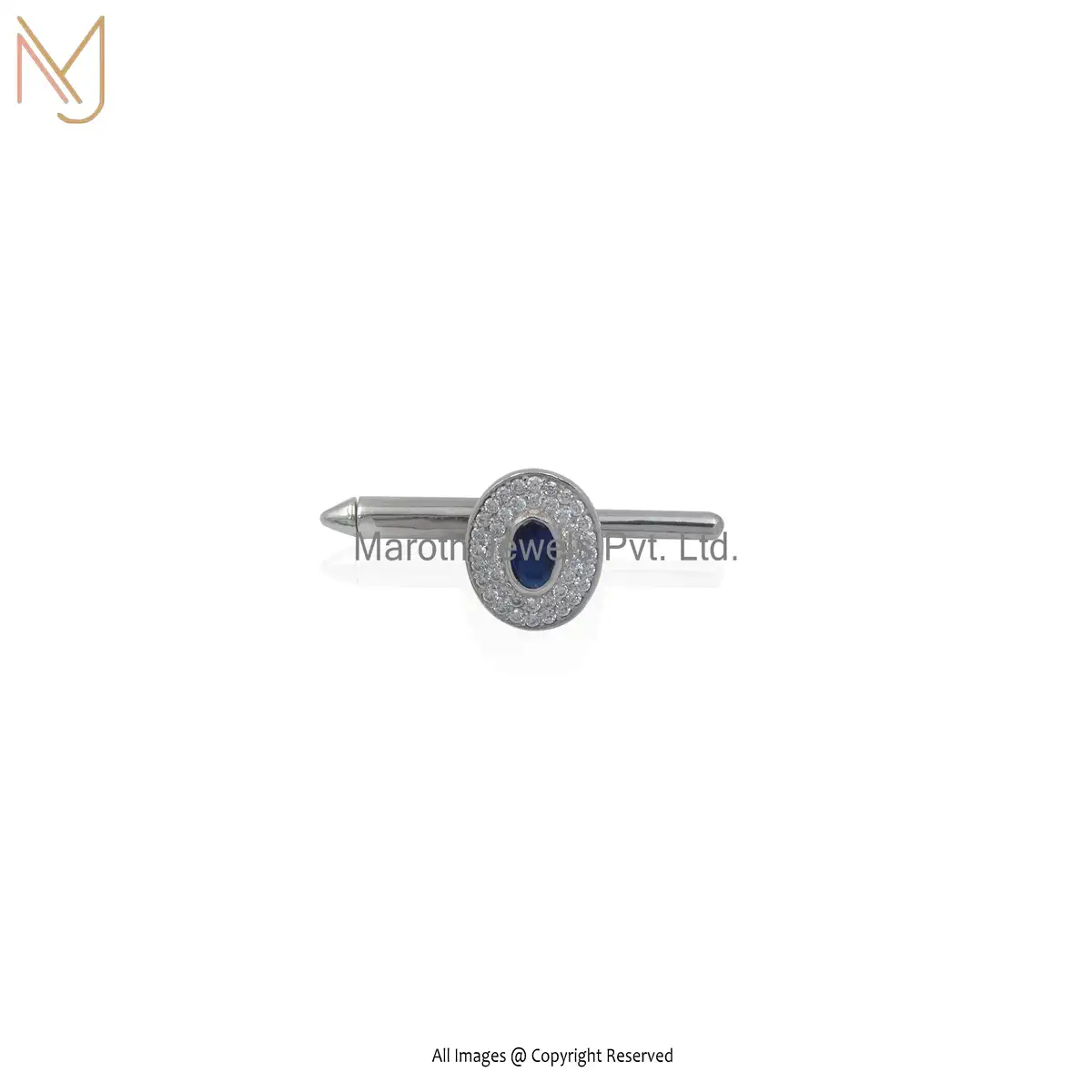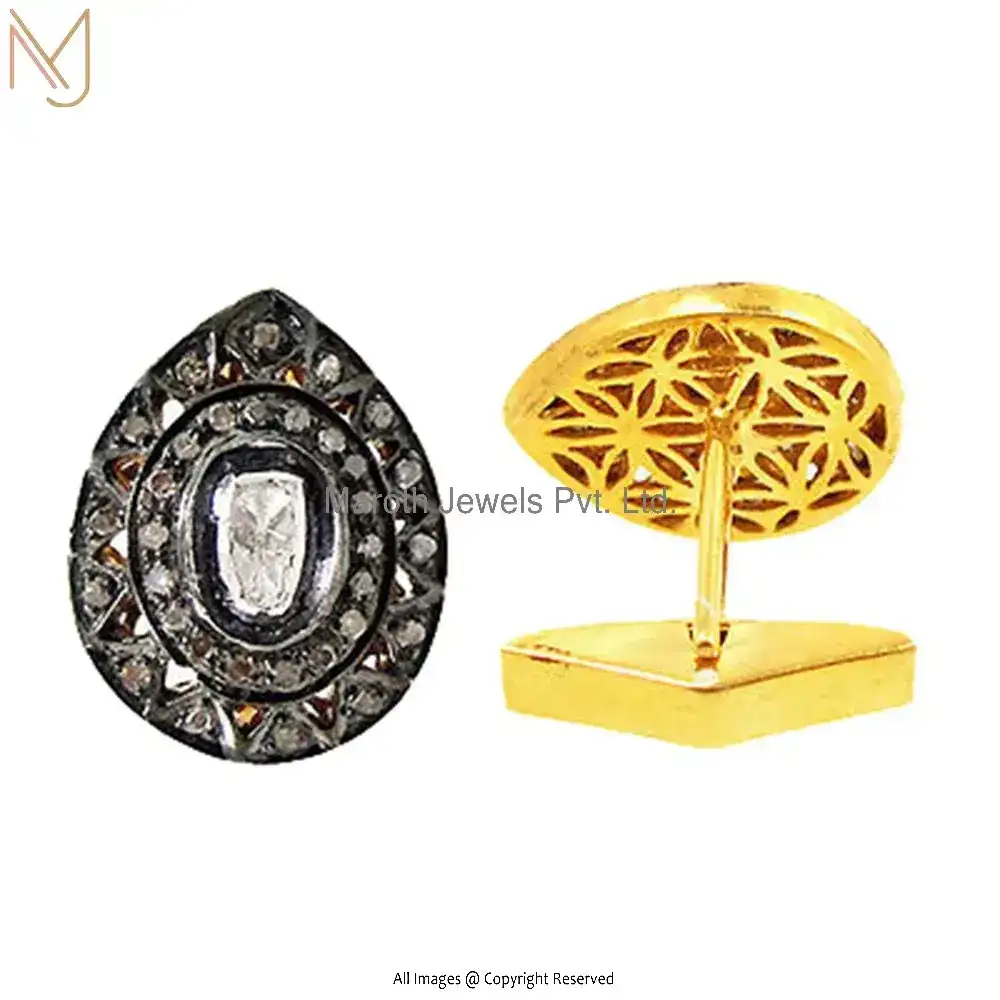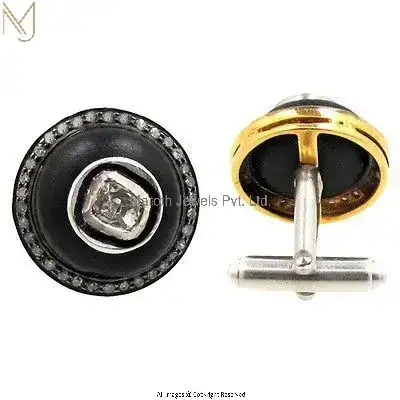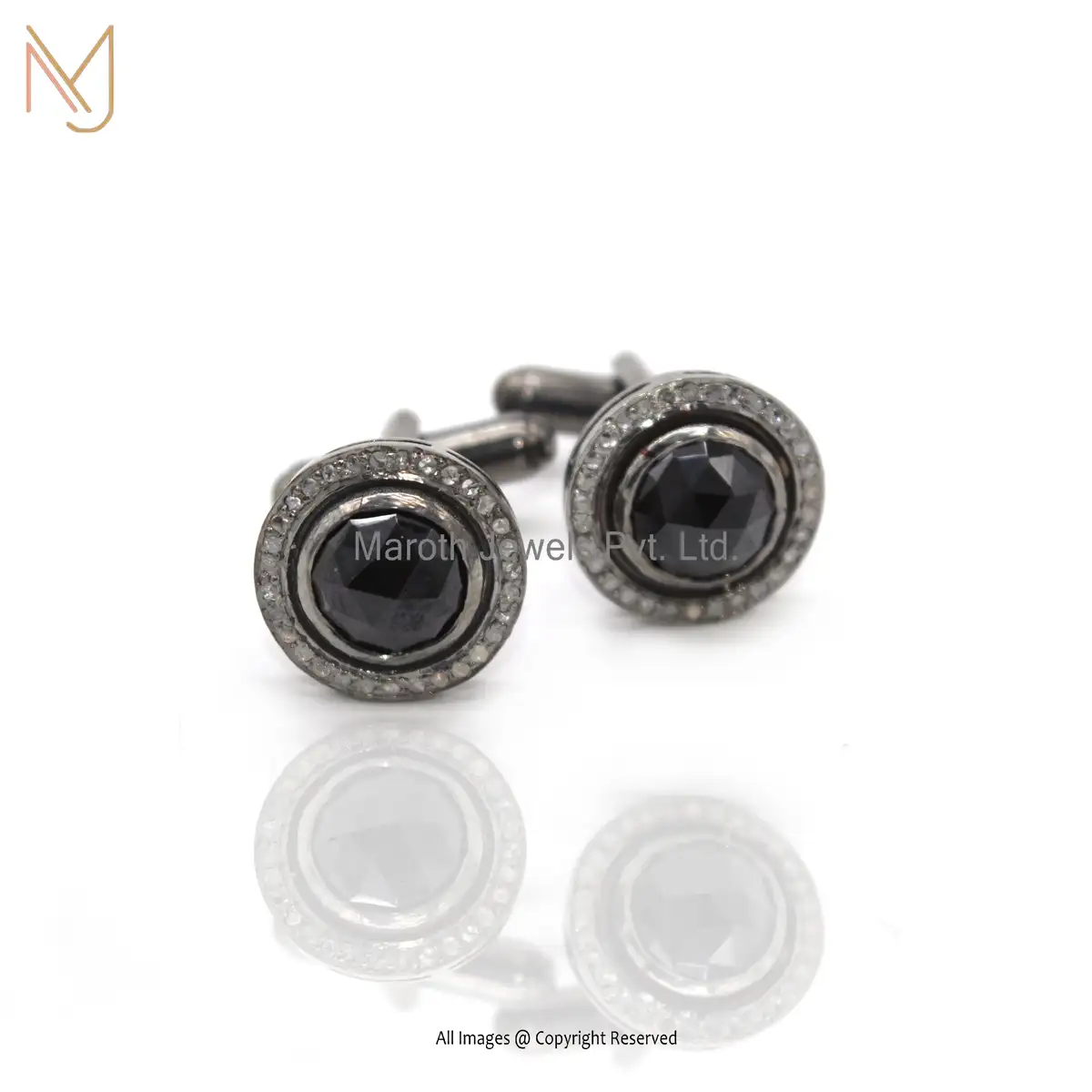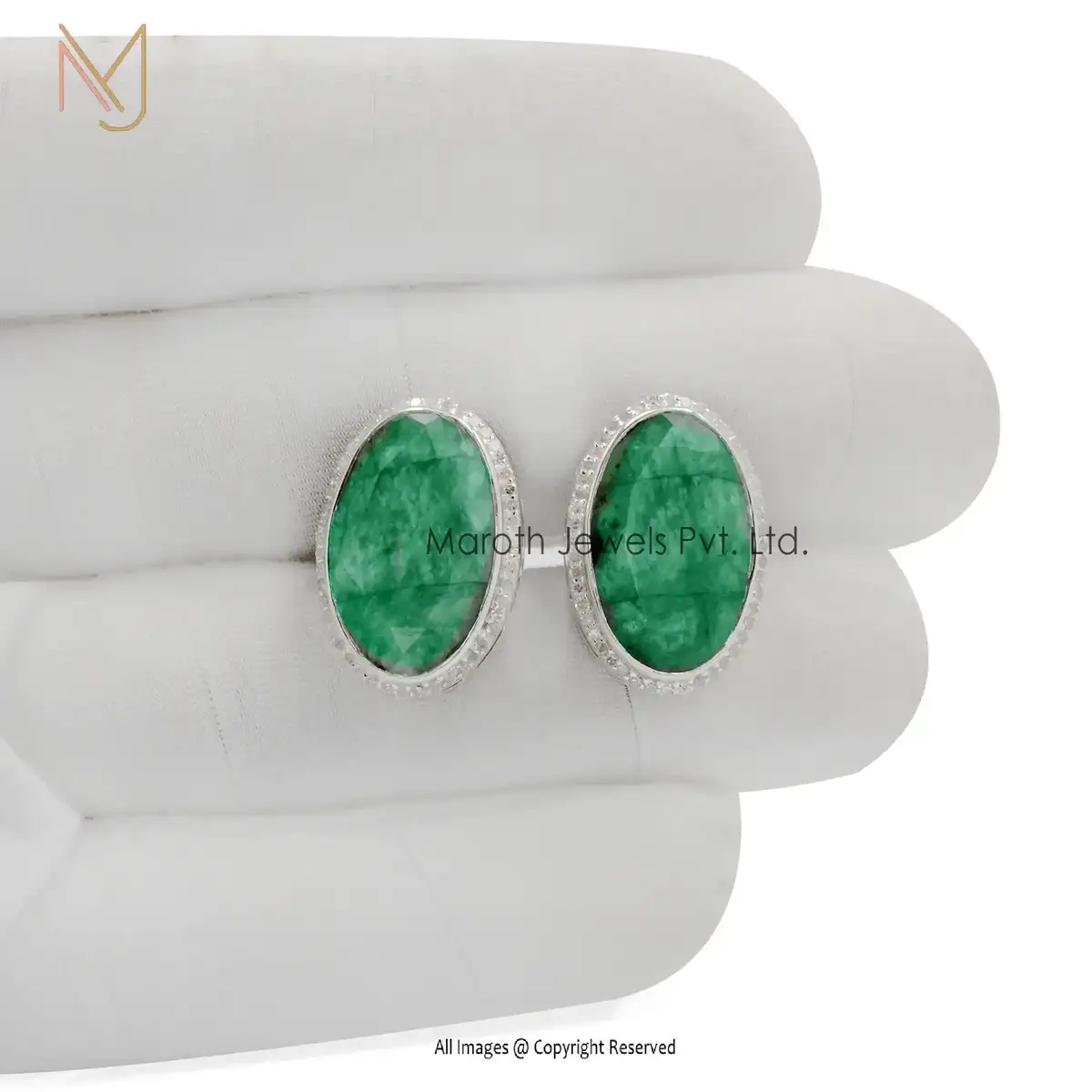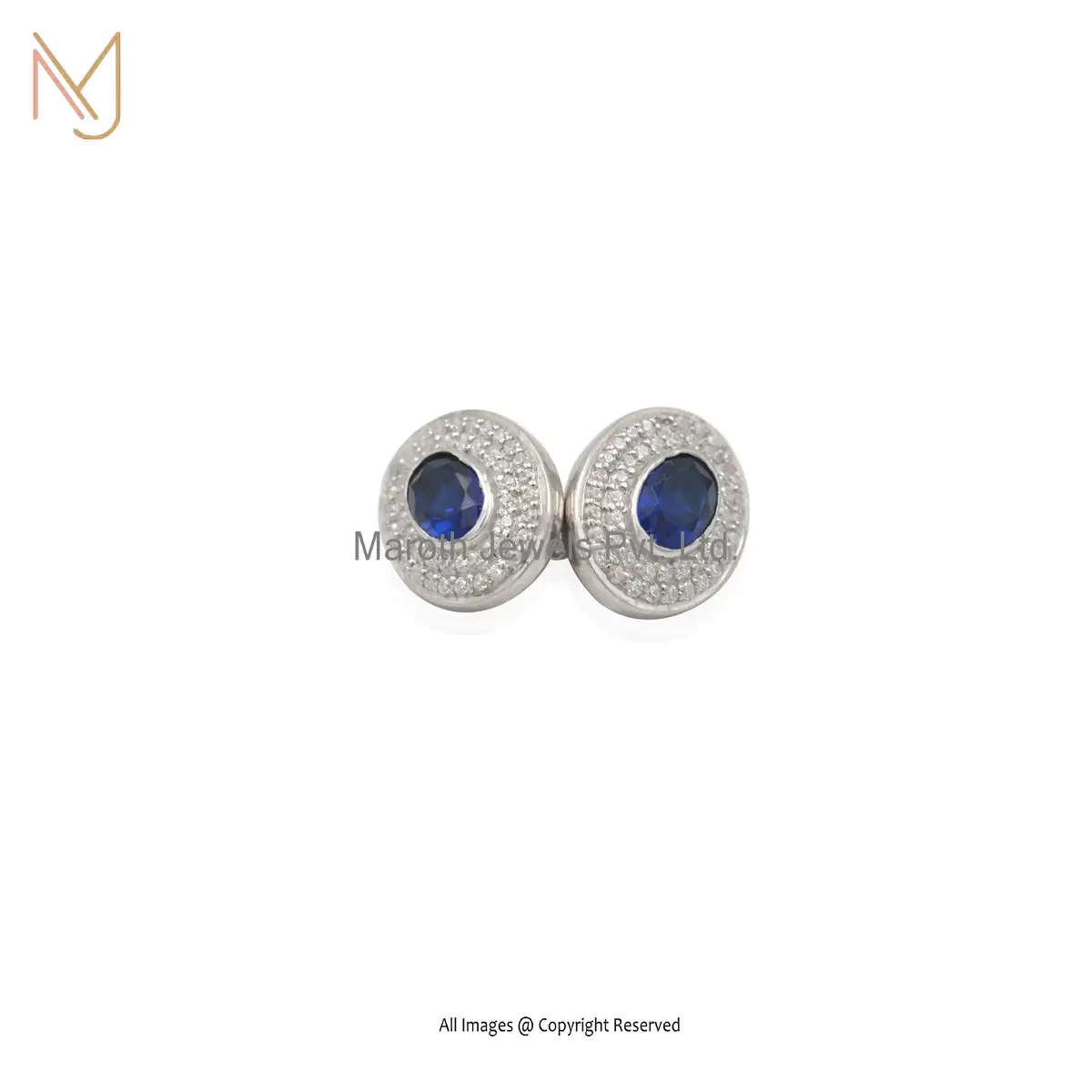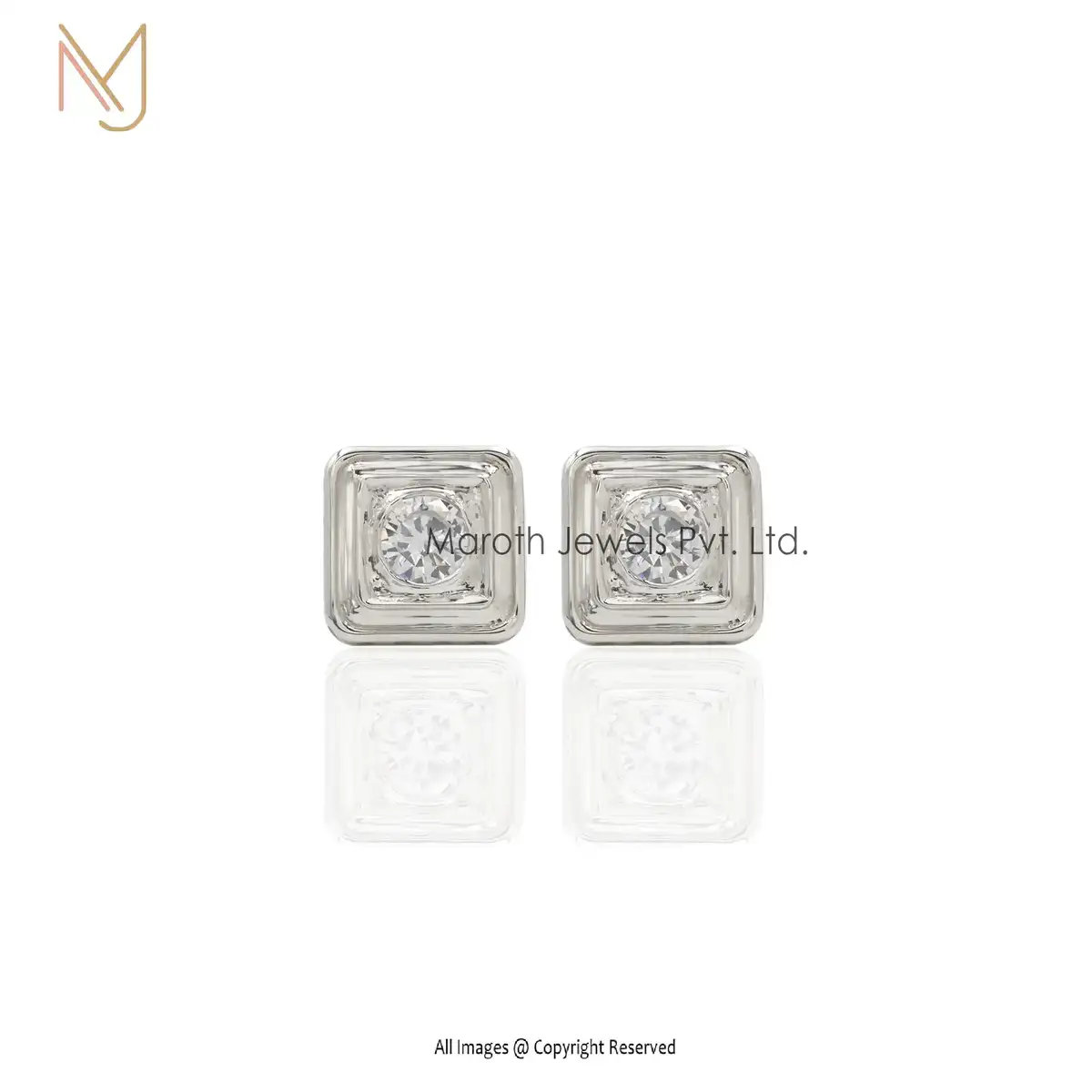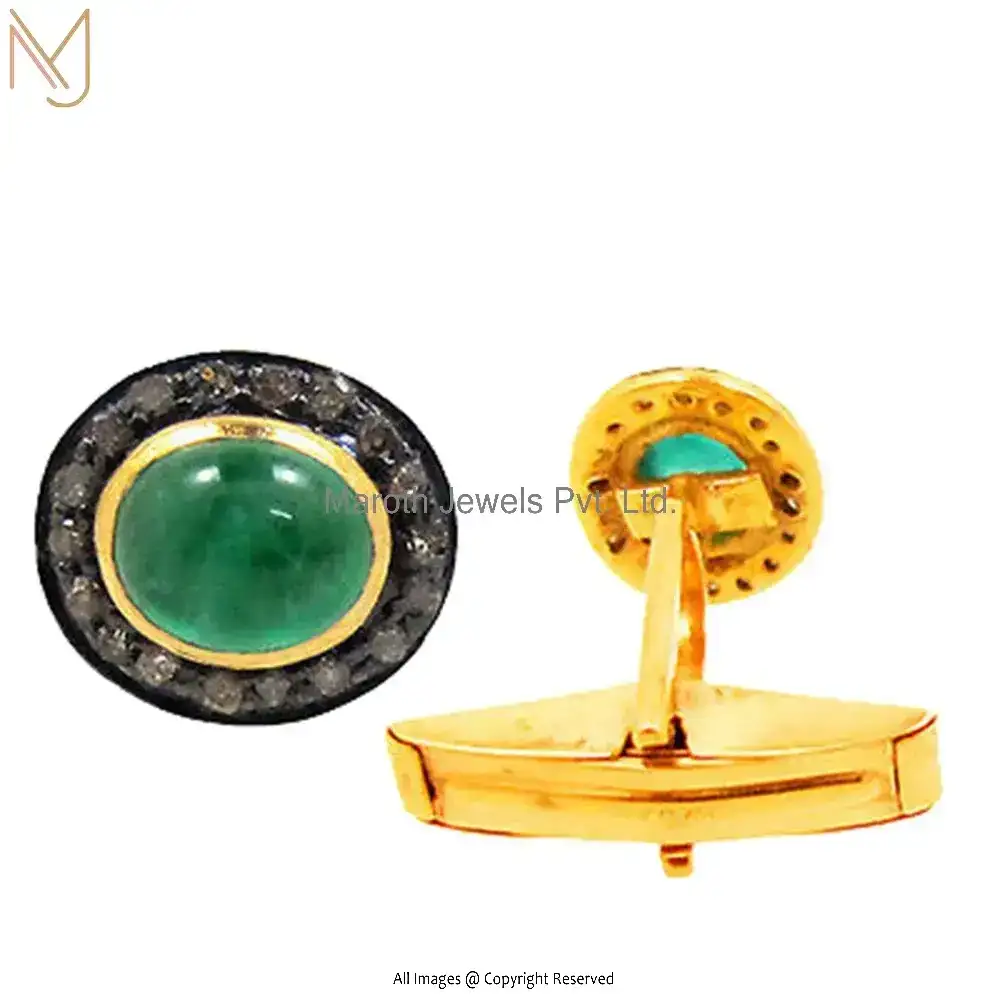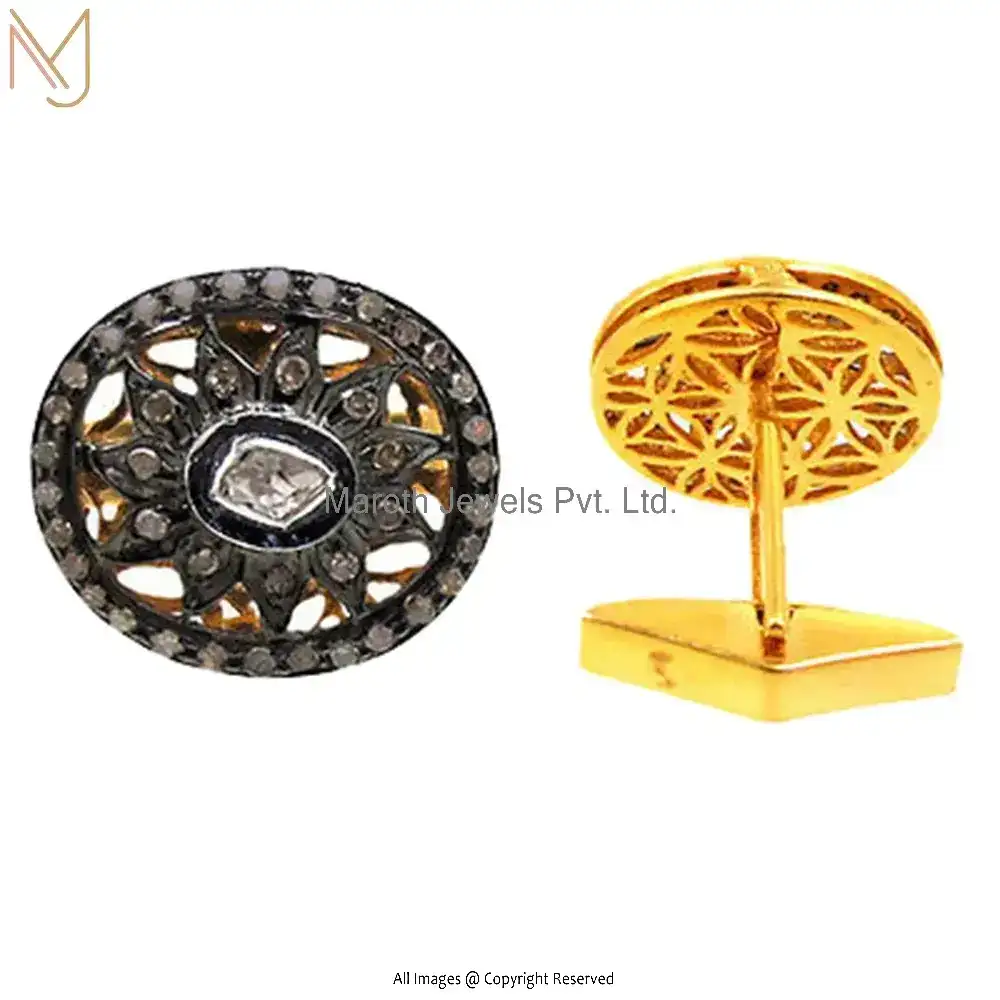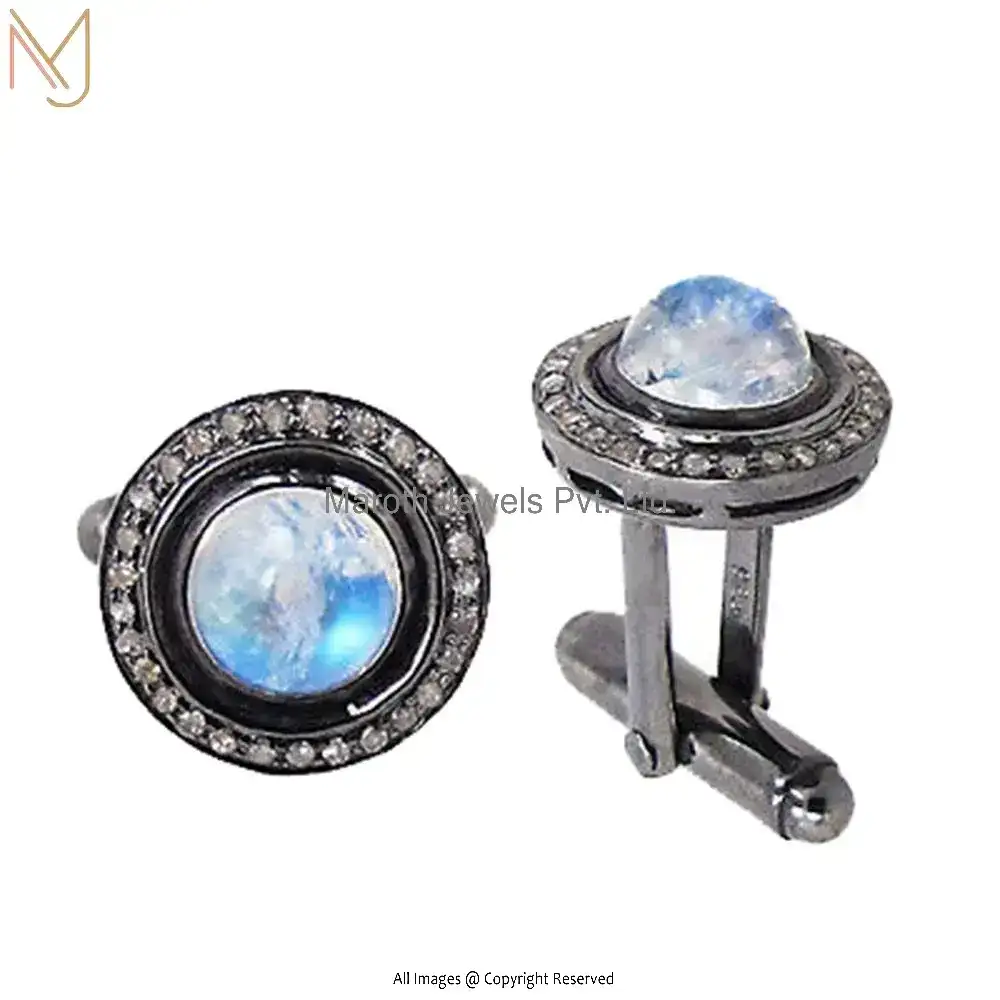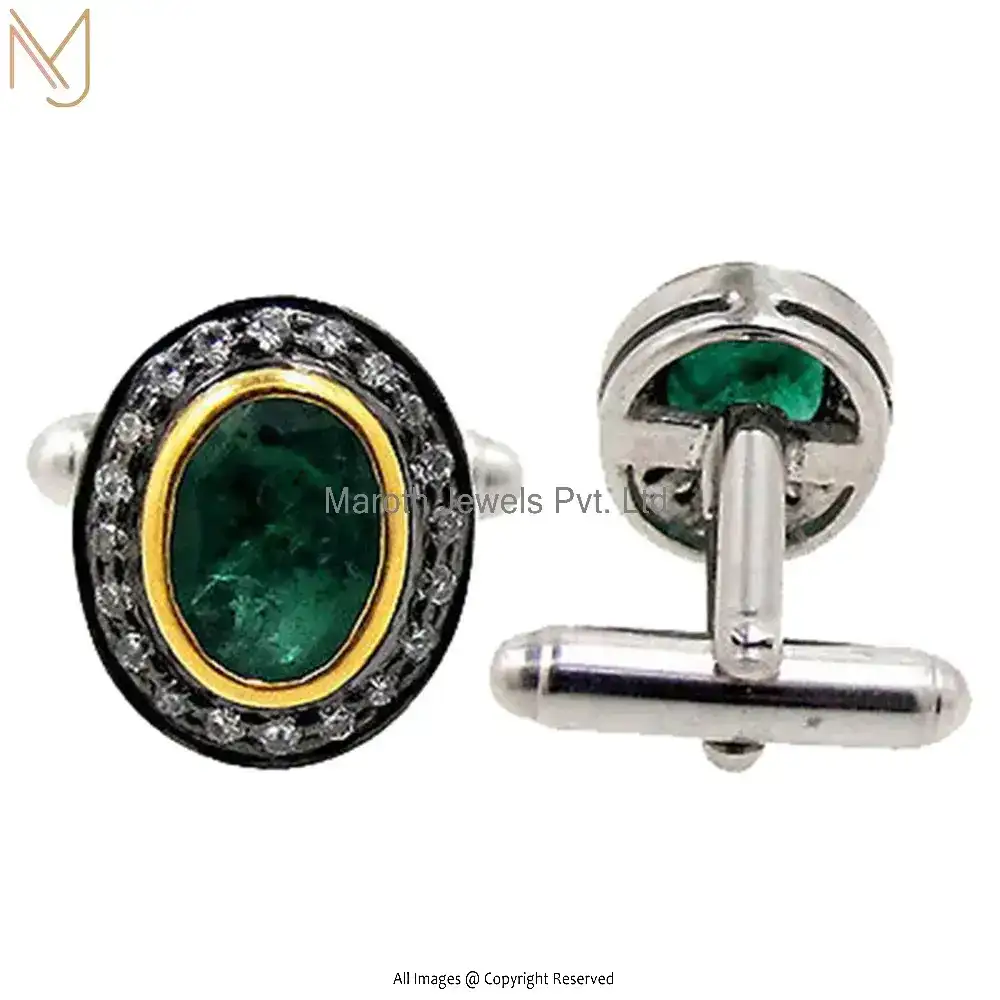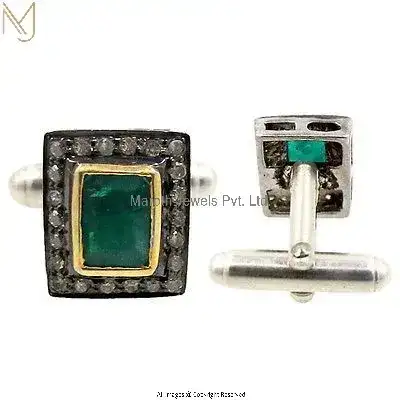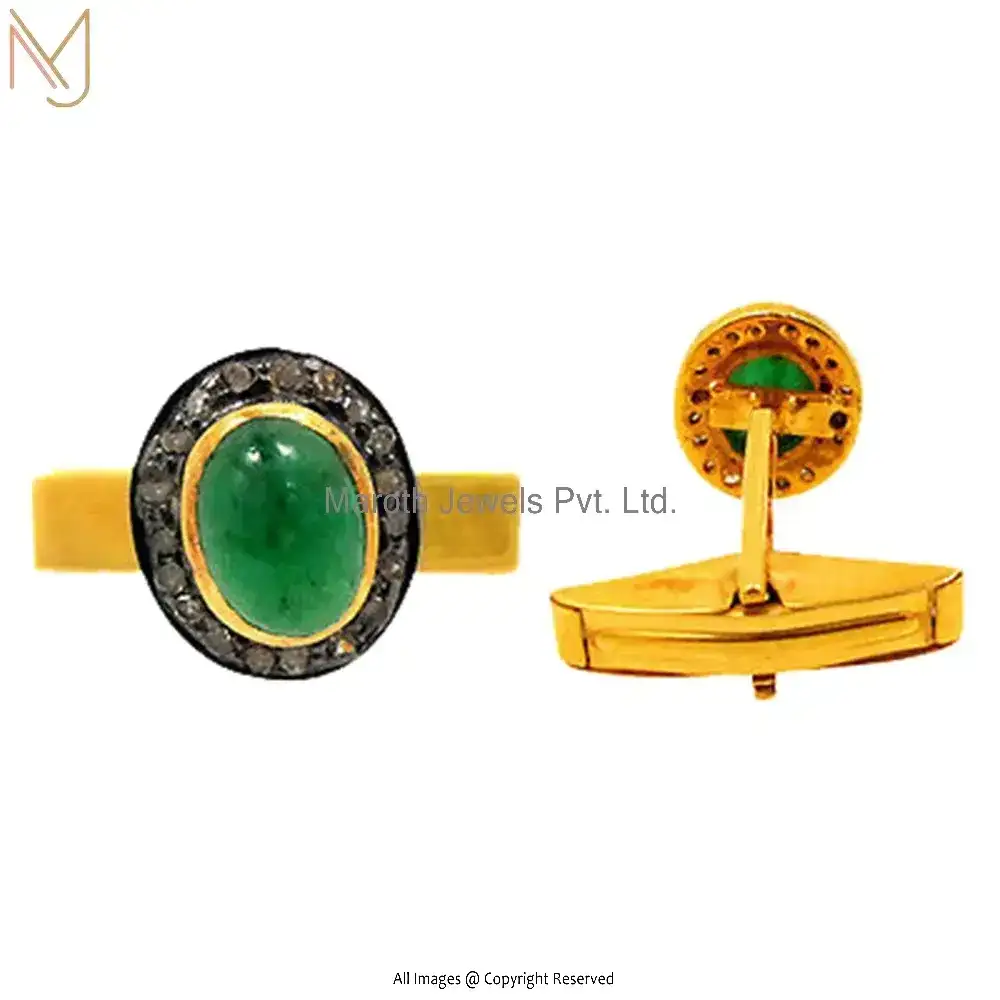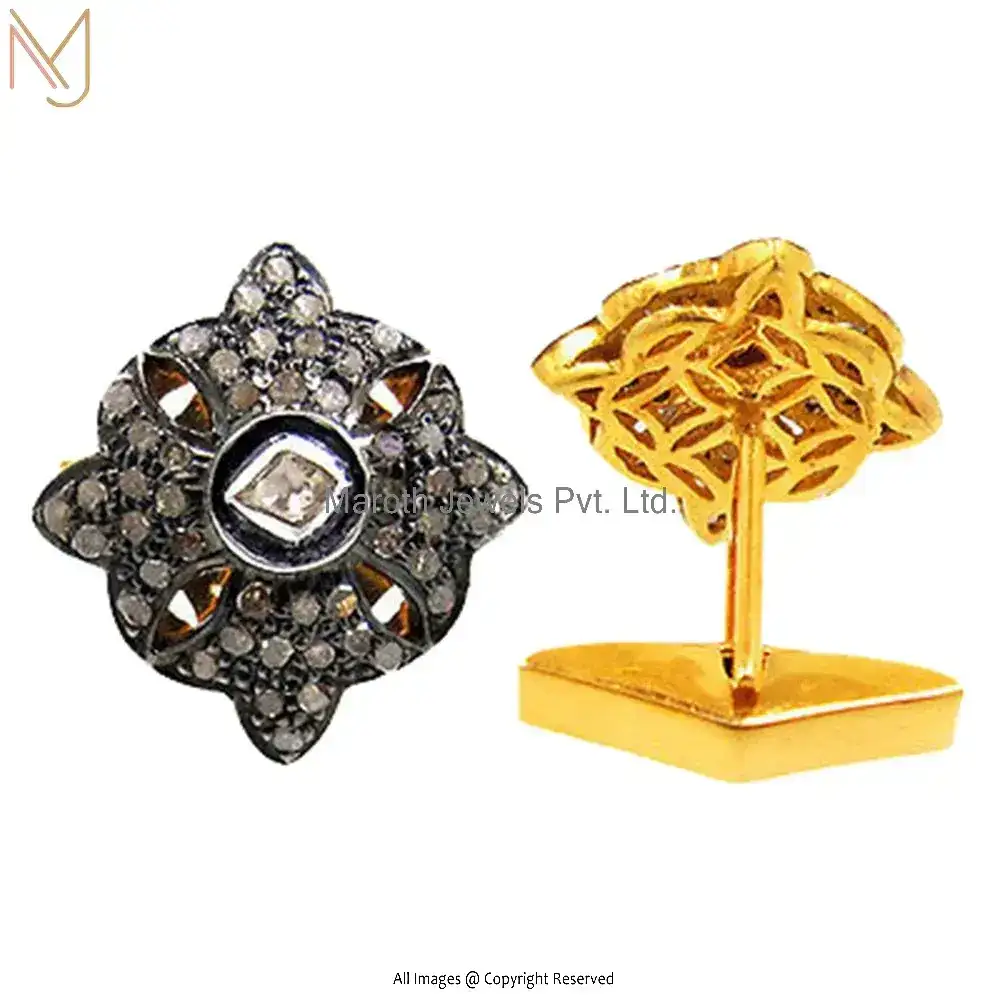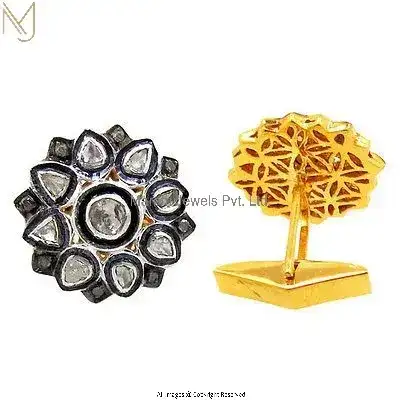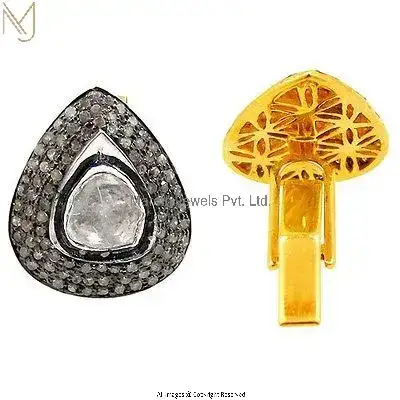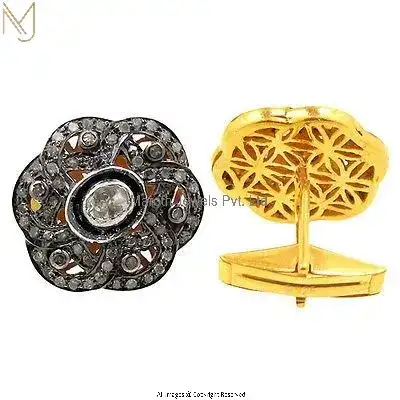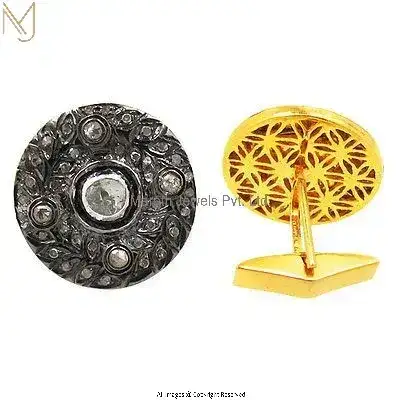What Gemstones Should Not Be Cleaned in an Ultrasonic Cleaner?
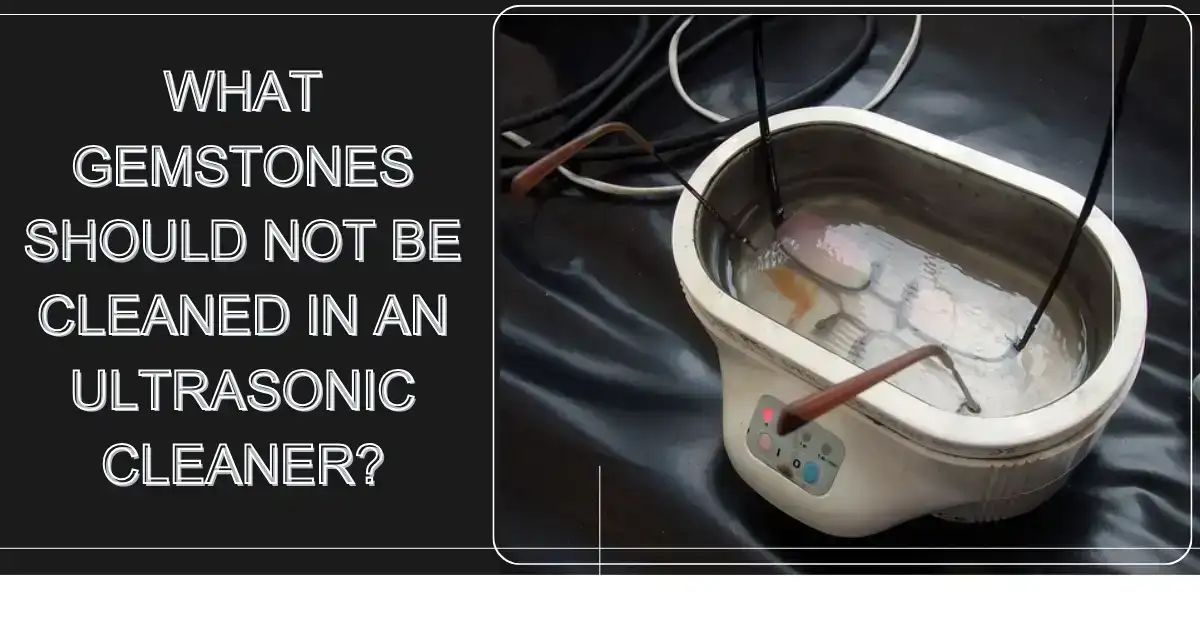
What Gemstones Should Not Be Cleaned in an Ultrasonic Cleaner
Ultrasonic cleaners are popular for cleaning jewelry. They use high-frequency sound waves. These waves create tiny bubbles. The bubbles remove dirt and grime. But not all gemstones can be cleaned this way. Some stones are too delicate. Others may have cracks or inclusions. Knowing which gemstones to avoid is crucial. This guide will help you understand which stones are safe and which are not.
How Do Ultrasonic Cleaners Work?
Ultrasonic cleaners use sound waves. These waves create bubbles. The bubbles clean the jewelry. The process is called cavitation. It’s effective for removing dirt. It’s also gentle on many materials. The cleaner has a tank filled with a cleaning solution. The jewelry is placed inside. The machine then generates sound waves. These waves create microscopic bubbles. The bubbles collapse and produce tiny shock waves. This action dislodges dirt and debris. However, not all gemstones can withstand this process. Some stones are too soft. Others have internal flaws. Understanding how ultrasonic cleaners work helps you make safe choices.
VISIT FOR :: Custom Jewelry
What Gemstones Can Be Cleaned with an Ultrasonic Cleaner?
Some gemstones are safe for ultrasonic cleaning. Diamonds are a good example. They are very hard. Rubies and sapphires are also safe. They belong to the corundum family. These stones can handle the cleaning process. You can clean them without worry. However, always check for cracks. Even hard stones can be damaged if they have flaws. Make sure your gemstones are solid and undamaged. If you’re unsure, consult a jeweler.
Besides diamonds, rubies, and sapphires, other stones can also be cleaned using ultrasonic cleaners. Spinel is one such stone. It is durable and can withstand the cleaning process. Alexandrite, a variety of chrysoberyl, is another safe option. It’s a hard stone and can handle the ultrasonic waves.
However, even with these stones, caution is necessary. Always inspect for inclusions or fractures. These imperfections can be worsened by ultrasonic cleaning. When in doubt, seek professional advice. A jeweler can assess your gemstones and provide guidance.
General Jewelry Care
Jewelry care is important. Ultrasonic cleaners are just one option. You can also clean jewelry by hand. Use mild soap and water. A soft brush can help. Regular care keeps your jewelry looking new. Avoid harsh chemicals. They can damage metals and stones. Proper storage is also important. Keep your jewelry in a dry place. Use a jewelry box or pouch.
For daily wear, be mindful of your jewelry. Remove rings when doing housework. Avoid wearing necklaces during strenuous activities. This prevents damage and keeps your pieces looking their best. Regularly check for loose stones or worn prongs. Addressing these issues early can prevent further damage.
What Can I Clean Aside from Jewelry?
Ultrasonic cleaners can clean more than jewelry. They work on many items. You can clean eyeglasses. Watches are another option. Small metal items like coins can also be cleaned. Some people use them for dental tools. It’s a versatile cleaning method. But always check the material. Some items may not be suitable. Read the manufacturer’s instructions.
Ultrasonic cleaners are also used in other industries. They clean delicate machinery parts. Medical instruments are often cleaned this way. Even electronics, like circuit boards, can be cleaned with care. The cleaning process is thorough and effective. However, always ensure the items can withstand ultrasonic cleaning. This prevents accidental damage.
Jewelry That Should Not Be Cleaned Using an Ultrasonic Cleaner
Some gemstones are too delicate for ultrasonic cleaners. Opals are a good example. They are soft and can crack. Pearls are another. They are organic and can be damaged easily. Emeralds should also be avoided. They often have internal flaws. These flaws can worsen with ultrasonic cleaning.
#1. Opals
Opals are sensitive. They contain water within their structure. The ultrasonic vibrations can cause this water to expand, leading to cracks. Additionally, opals can become brittle over time. Cleaning them in an ultrasonic cleaner can exacerbate this issue. Avoid using ultrasonic cleaners for opals. Clean them with a soft, damp cloth instead.
#2. Pearls
Pearls are another gemstone to be cautious with. They are organic and formed within mollusks. Their surface is soft and can be easily scratched. The vibrations from an ultrasonic cleaner can damage their nacre, causing them to lose their luster. Pearls should be cleaned gently with a soft cloth and mild soap if necessary.
#3. Emeralds
Emeralds are known for their rich green color. However, they often have inclusions and fractures. These are sometimes filled with oils or resins to improve their appearance. Ultrasonic cleaning can remove these fillings, making the inclusions more visible. This can reduce the stone's beauty and value. Avoid ultrasonic cleaners for emeralds. Use gentle cleaning methods instead.
#4. Turquoise
Turquoise is another gemstone to avoid. It is porous and can absorb water. This can lead to discoloration. The vibrations from an ultrasonic cleaner can also cause it to crack. Turquoise should be cleaned with a soft, damp cloth to maintain its color and integrity.
#5. Lapis Lazuli and Malachite
Lapis lazuli and malachite are also porous. They can absorb water and other liquids, leading to damage. These stones should be cleaned carefully by hand. Avoid using ultrasonic cleaners to preserve their appearance. Use mild soap and water for cleaning.
VISIT FOR :: Gold Plated Jewelry Manufacturer, Wholesaler & Suppliers
#6. Amber
Amber is a soft gemstone. It can crack under high-frequency vibrations. It is fossilized tree resin and is soft and can be easily scratched or cracked. Ultrasonic cleaners can cause amber to break apart. Clean amber with a soft cloth and avoid harsh cleaning methods.
#7. Coral
Coral is another organic material. It is soft and porous. Ultrasonic cleaning can cause it to crack and lose its natural beauty. Clean coral with care to maintain its color and structure.
#8. Tanzanite
Tanzanite is a rare and beautiful gemstone. However, it is also fragile. Ultrasonic cleaning can cause it to crack or shatter. Clean tanzanite with mild soap and water, using a soft brush.
#9. Kunzite
Kunzite is another delicate stone. It can break under the pressure of ultrasonic cleaning. Use gentle cleaning methods to keep kunzite looking its best.
#10. Moonstone
Moonstone has a unique structure that can be damaged by ultrasonic vibrations. It can develop cracks or break apart. Clean moonstone with a soft cloth and avoid ultrasonic cleaners.
#11. Zircon
Zircon is a beautiful stone but has internal stresses. These can cause it to break during ultrasonic cleaning. Clean zircon with care to avoid damage.
Soft gemstones are not suitable for ultrasonic cleaners. They can scratch or break. Stones with inclusions are also risky. The vibrations can worsen the flaws. Always inspect your gemstones before cleaning. If you’re unsure, ask a professional. They can provide guidance.
Conclusion
Knowing which gemstones to avoid can save you a lot of trouble. Ultrasonic cleaners are effective but not suitable for all stones. Avoid cleaning delicate and porous stones with them. Always check your jewelry for flaws. When in doubt, consult a jeweler. Proper care ensures your jewelry stays beautiful for years to come.
READ MORE :: What Gemstones Can Not be Lab Grown?
Recent Posts
Custom Jewelry vs Fine Jewelry
Wholesale Custom Nameplate Jewelry Manufacturer
Custom Jewelry Manufacturers in Singapore
How Do I Buy Wholesale and Sell Jewelry?
Best Online Wholesale Jewelry Shopping App
Related products
Wholesale 925 Sterling Silver Pave Diamond Handmade Wooden Cufflinks Men's Jewelry
14K Yellow Gold Emerald Pave Diamond Cufflinks Jewelry Manufacturer
925 Silver Natural Emerald Pave Diamond Cufflinks Jewelry Manufacturer
925 Silver White Gold Plated Spring Back CZ Cufflink Custom Jewelry
925 Silver Yellow Gold Plated CuffLink Manufacturer
925 Silver Diamond Emerald Gemstone Men's Jewelry Cufflinks Manufacturer
Wholesale 925 Silver Pave Diamond And Emerald Gemstone Mens Jewelry Cufflinks
925 Silver Pave Diamond Black Onyx Gemstone Men's Jewelry Cufflinks Manufacturer
925 Sterling Silver Cuff Links Pave Diamond Handmade Men & Jewelry Manufacturer
Wholesale 925 Silver Triangle Shape Rose Cut Pave Diamond Men's Cufflinks Jewelry
925 Silver Pave Diamond Men's Cufflinks FLORAL Handmade Jewelry Manufacturer
Contact Us For Custom Jewelry
Please get in touch with us and share your ideas if you have personalized jewelry or are searching for a private label jewelry manufacturer. In accordance with your suggestions, we will make and present genuine jewelry.
Drop Us a Line
Scan QR Code
for immediate contact
